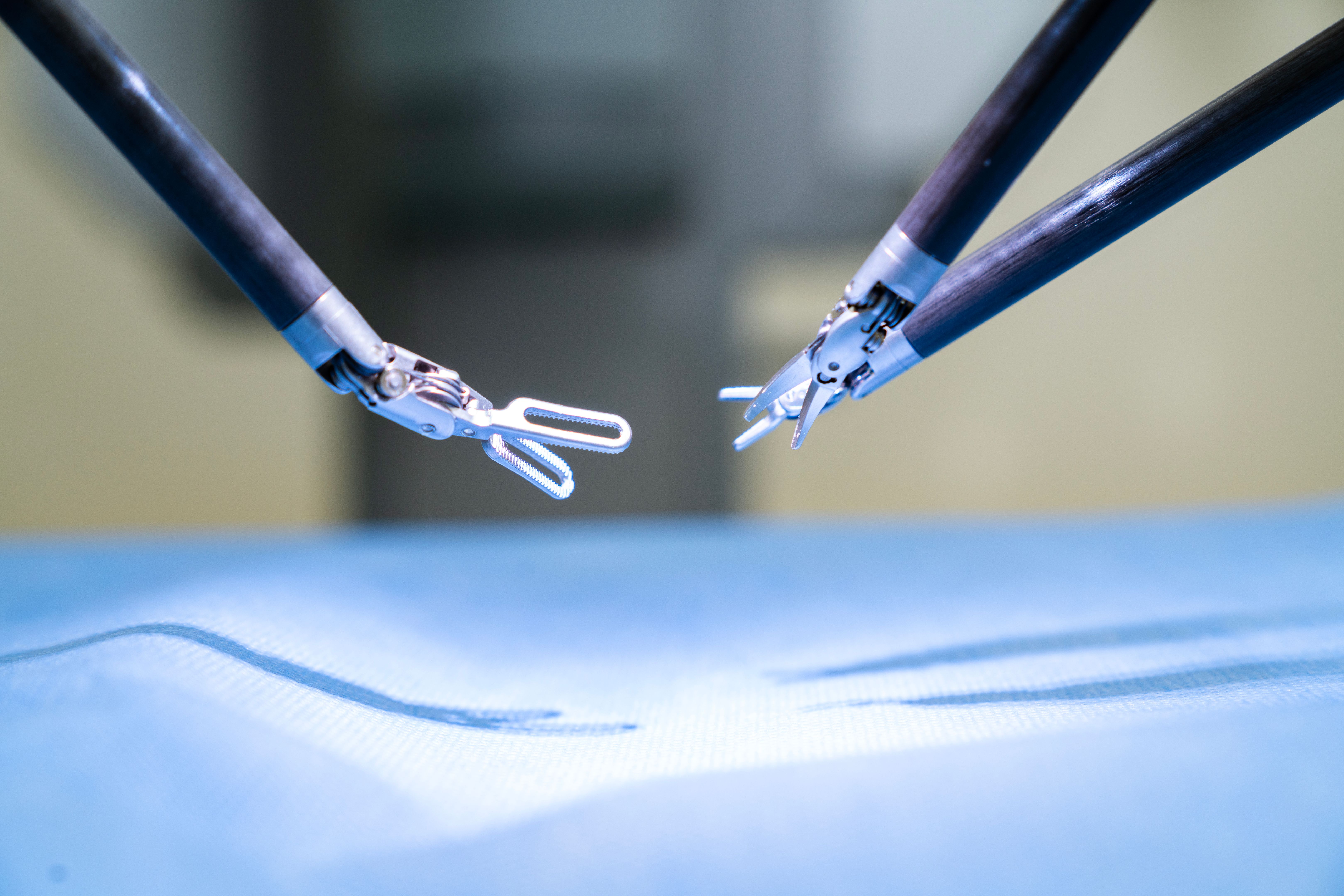AI's Impact on Prostate Biopsies: Exploring Our Robotic System
Understanding the Role of AI in Prostate Biopsies
Artificial Intelligence (AI) has been making waves in the medical field, particularly in the realm of prostate biopsies. By leveraging advanced algorithms and data analysis, AI is transforming how these critical procedures are performed, making them more efficient and accurate. This technological advancement is not only enhancing the precision of diagnoses but also improving patient outcomes.

The Evolution of Prostate Biopsy Techniques
Traditionally, prostate biopsies were performed using transrectal ultrasound (TRUS) guidance, which often resulted in a significant number of false negatives. However, with the introduction of AI-driven systems, the approach to prostate biopsies has significantly evolved. These systems utilize machine learning to analyze medical imaging data, allowing for better targeting of suspicious areas.
One of the major breakthroughs has been the development of MRI/ultrasound fusion technology. This technique combines the superior imaging capabilities of MRI with real-time ultrasound guidance, greatly enhancing the precision of biopsies. AI plays a crucial role in this process by helping to identify and target lesions more accurately.
Benefits of AI-Enhanced Robotic Systems
AI-enhanced robotic systems are bringing several advantages to the table when it comes to prostate biopsies. These systems offer improved accuracy in needle placement, which is crucial for obtaining reliable tissue samples. As a result, there is a reduction in the number of unnecessary repeat procedures, minimizing patient discomfort and risk.

Moreover, the integration of AI allows for real-time data analysis during the procedure. This means that clinicians can receive immediate feedback and make informed decisions on-the-spot, potentially improving diagnostic outcomes. Additionally, AI systems can continuously learn from each procedure, further refining their accuracy over time.
Challenges and Considerations
Despite its many benefits, the implementation of AI in prostate biopsies is not without challenges. One major consideration is the need for extensive training for medical professionals to effectively use these advanced systems. Additionally, there are concerns regarding data privacy and the ethical implications of relying heavily on machine-driven decision-making.
Another challenge lies in ensuring that AI systems are accessible to all healthcare providers, not just those in well-funded institutions. Efforts must be made to democratize this technology so that patients everywhere can benefit from its advancements.

The Future of AI in Prostate Biopsies
The future looks promising for AI in the field of prostate biopsies. As technology continues to advance, we can expect even greater improvements in diagnostic accuracy and patient care. Future developments may include the integration of AI with other emerging technologies such as augmented reality (AR) to enhance visualization during procedures.
Moreover, ongoing research into AI's potential for personalized medicine could lead to tailored biopsy approaches based on individual patient data, further improving outcomes and reducing risks.
Conclusion
The impact of AI on prostate biopsies is profound, offering a glimpse into a future where medical procedures are safer, more accurate, and less invasive. As we continue to explore and refine these technologies, the potential benefits for patients and healthcare providers alike are immense. Embracing AI's capabilities will undoubtedly lead to more effective diagnosis and treatment strategies in the fight against prostate cancer.
